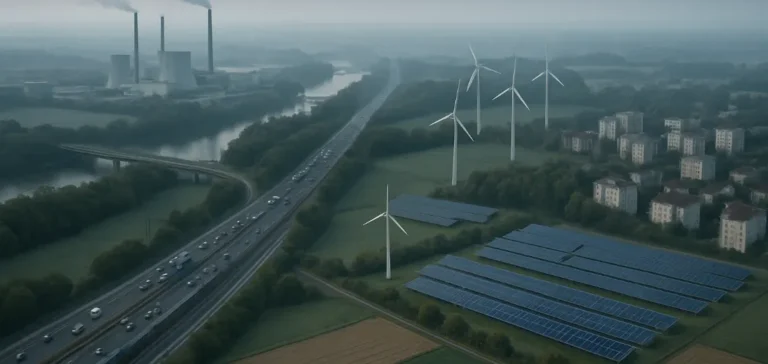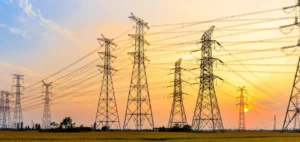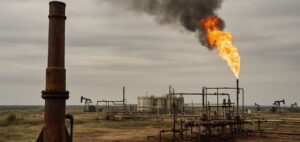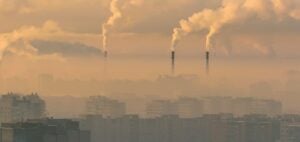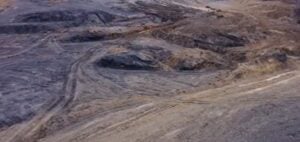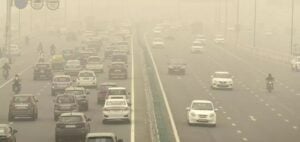French greenhouse gas emissions decreased by 1.8% in 2024 compared to the previous year, according to the consolidated report published by the Technical Interprofessional Centre for Studies on Atmospheric Pollution (Citepa). This modest decline reflects a marked slowdown compared to previous years, notably in contrast to the 5.8% reduction recorded in 2023. Total emissions now stand at 369 million tonnes of CO₂ equivalent (Mt CO₂e), compared to 376 Mt in 2023. This current rate raises questions regarding France’s capacity to achieve its long-term commitments.
Energy and industrial sectors decline
The energy sector is the primary contributor to the reduction of French emissions in 2024, with a decrease of 3.8 Mt CO₂e. This performance largely results from increased reliance on decarbonised energy sources within the national energy mix. The manufacturing industry, meanwhile, showed a more moderate decrease of just 0.9 Mt CO₂e. These figures indicate sustained efforts within these two sectors, despite a relative slowdown in progress compared to previous years. Nonetheless, performances remain highly variable across different industrial subsectors.
Transport and buildings: limited progress
Conversely, the transport and building sectors exhibited less favourable trends in 2024. Emissions from the transport sector fell by only 1.5 Mt CO₂e, a modest reduction given the decarbonisation targets set by French authorities. Similarly, the building sector recorded a marginal decline of 0.4 Mt CO₂e, reflecting stagnation in energy efficiency improvements in housing and public infrastructure. These outcomes could prompt a strategic review of policies aimed at promoting energy renovation and transforming transportation infrastructure.
Agriculture stable and weakened carbon sinks
French agricultural sector emissions declined slightly by 0.4 Mt CO₂e. This stability underscores difficulties in achieving significant reductions due to structural and economic constraints in this sector. Additionally, Citepa highlights the increasing fragility of the French carbon sink, notably impacted by droughts, diseases, and intensive forest exploitation. The capacity of forests to capture CO₂ is progressively declining, amplifying the necessity for stronger efforts in direct emissions reduction.
National and European outlook
The French government is currently revising its third National Low Carbon Strategy (SNBC). The provisional goal is to reach 270 Mt CO₂e by 2030, requiring a substantial acceleration of annual emissions reductions to approximately 5% per year. At the European level, performances vary greatly between countries, yet the collective aim remains a sustained and significant reduction of emissions under European and international agreements. This situation might prompt France to reinforce or adjust specific sectoral policies to stay aligned with its climate trajectory and meet its European commitments.


